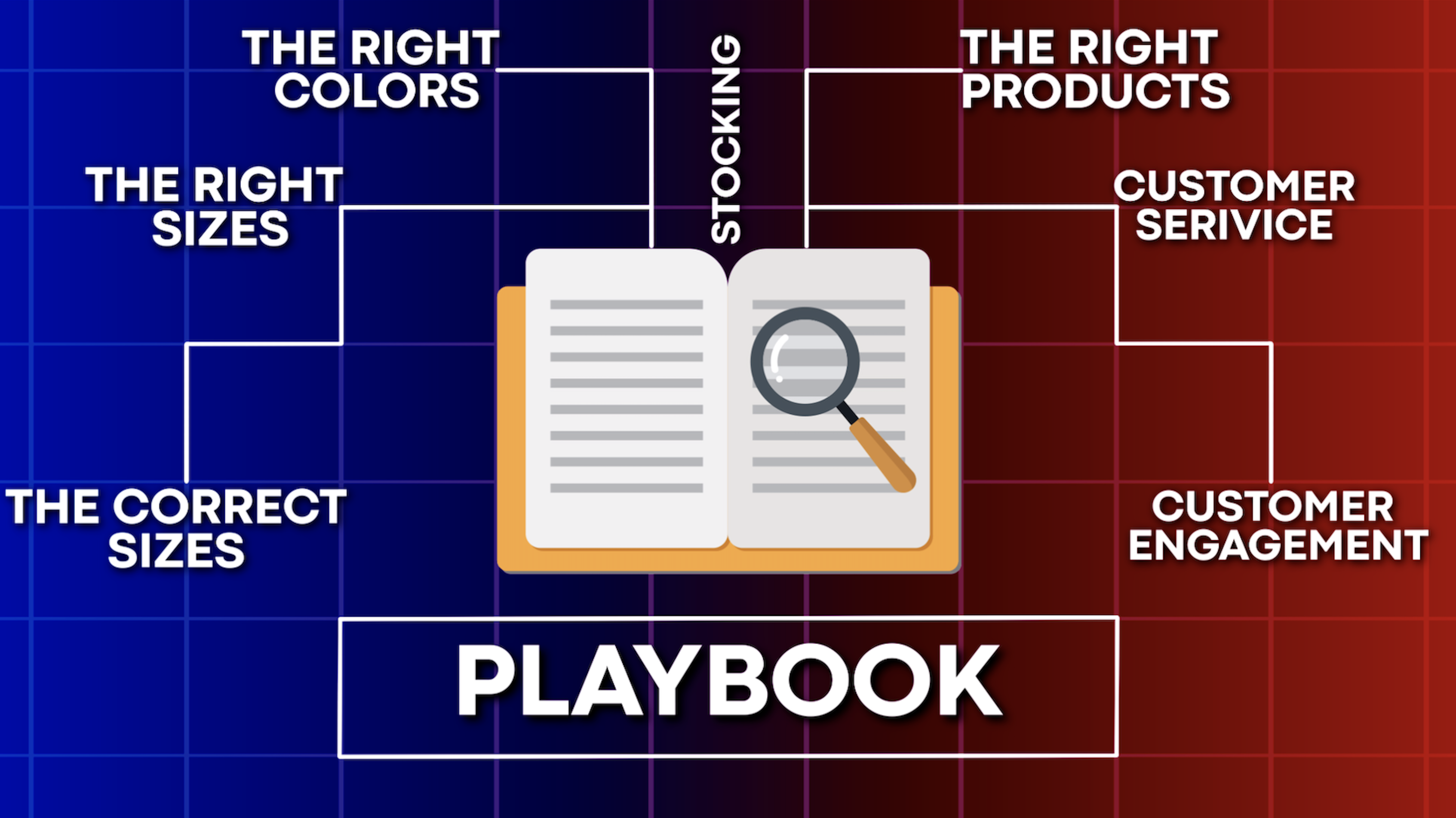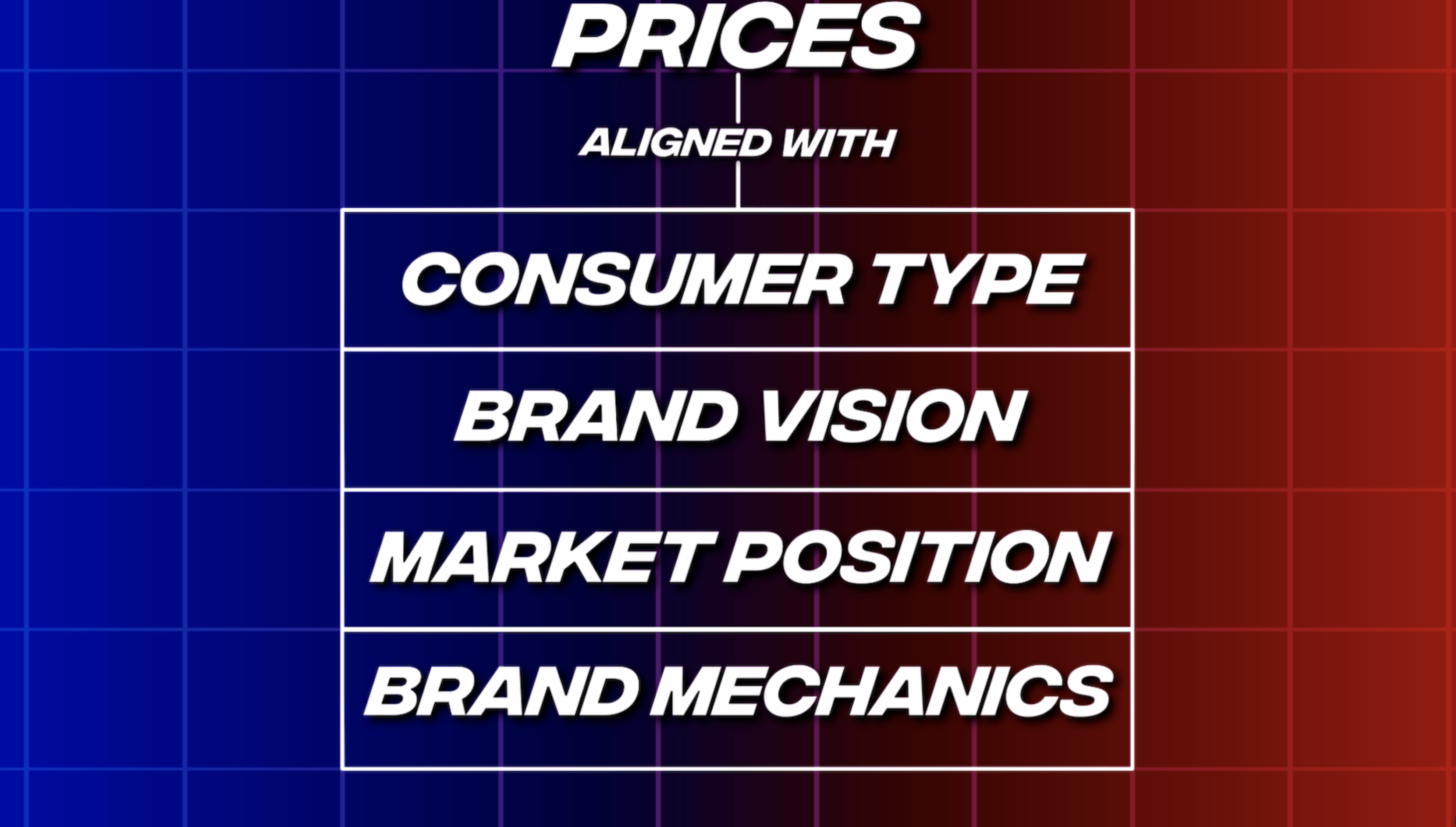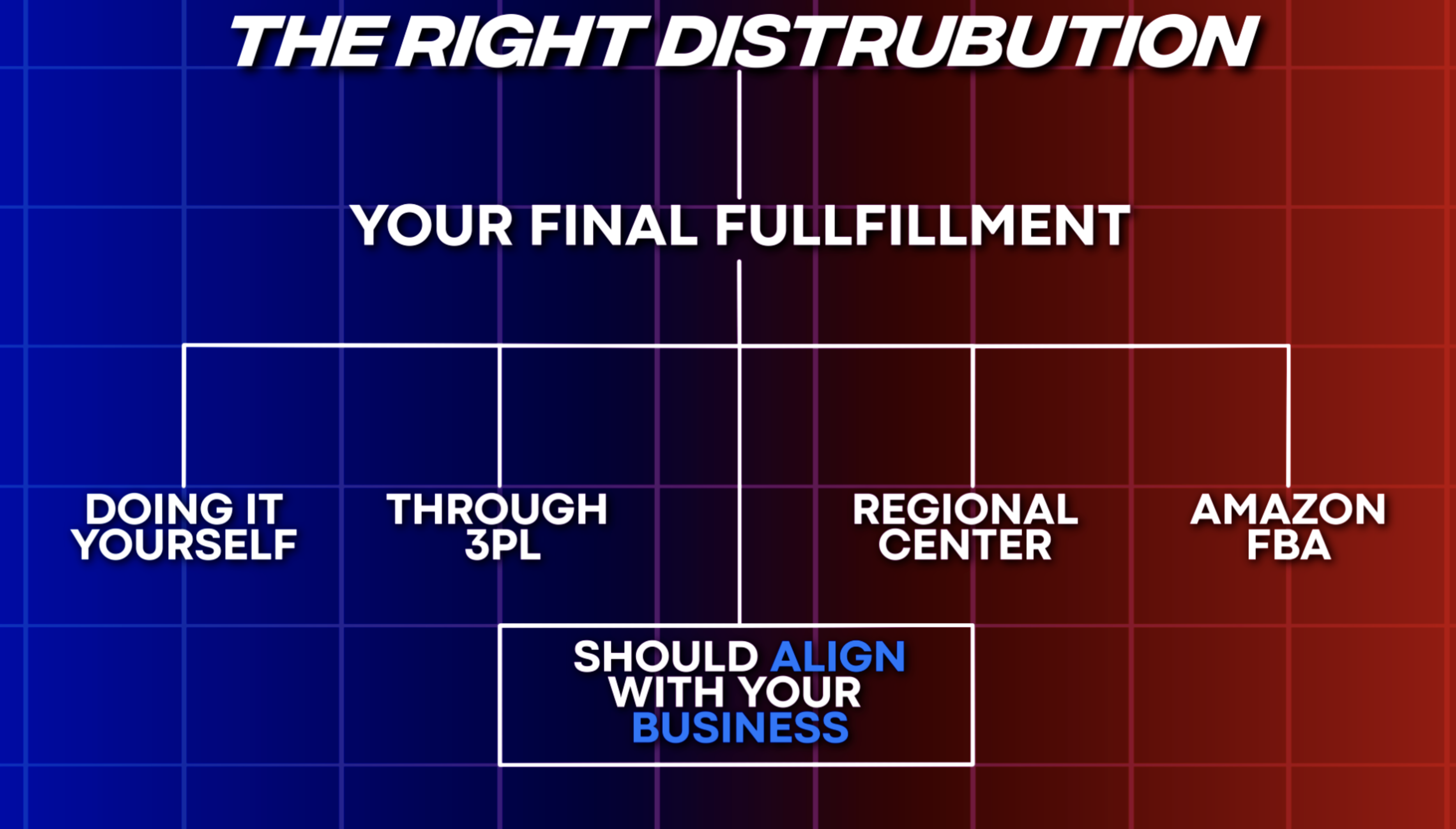How Top Sportswear Brands Keep Selling Out: 6 Strategies to Elevate Your Merchandising Game

How Top Sportswear Brands Keep Selling Out:
6 Strategies to Elevate Your Merchandising Game
In today's fast-paced sportswear market, some brands consistently struggle to keep their products in stock. Whether it's a new release or a classic item, they always seem to sell out almost instantly. This phenomenon raises a critical question: What are these brands doing right that others are missing? If you're running a startup sportswear brand or looking to elevate your merchandising strategy, understanding the playbook of successful brands is essential.
In this comprehensive guide, we'll dive into the key merchandising strategies that top sportswear brands use to ensure they always have the right products in the right quantities and how you can apply these strategies to your brand.

1. Effective Product Selection and Inventory Management
One of the biggest challenges for any sportswear brand is knowing what products to stock and in what quantities. Imagine being a brand that caters to runners but doesn't offer running shorts or shoes—it's a mismatch that could alienate your target audience.
To avoid this, you need to:
Understand Your Market: Know your brand and customer base inside out. Stock products that meet their specific needs.
Avoid Overstocking and Understocking: Overstocking ties up capital, while understocking can lead to missed sales opportunities. The key is to find a balance that aligns with demand forecasts.
Brands that excel in inventory management are those that can accurately predict demand and ensure they always have the right amount of stock on hand. This approach minimizes waste, maximizes sales, and keeps customers coming back.
2. Strategic Pricing
Your pricing strategy should be a reflection of your brand's identity and market position. Whether you position yourself as a luxury brand or a budget-friendly option, your prices need to align with customer expectations and your business mechanics.
Key considerations include:
Brand Positioning: Luxury brands should avoid underpricing, which can undermine their premium image, while budget brands must be careful not to overprice.
Profit Margins: Ensure your pricing allows for a healthy profit margin. A gross profit margin of 50–80% is ideal, providing enough revenue for growth, R&D, and sustainability.
Misaligned pricing can confuse customers and harm your brand's reputation. Therefore, it's crucial to get it right from the start.

3. Visual Merchandising and Digital Presence
In the digital age, your online presence is your storefront. Unlike traditional retail, where you can control the physical environment, your website and social media channels are where first impressions are made.
To optimize your visual merchandising:
Create a Seamless User Experience: Ensure your website is easy to navigate, fast, and aligned with your brand image.
Professional Aesthetics: Your website should reflect your brand's quality. A clunky, slow, or unprofessional site can deter potential customers, regardless of how good your products are.
Effective visual merchandising online creates a compelling brand story that resonates with your audience, leading to higher conversion rates.
4. Multi-Channel Sales and Efficient Distribution
As a startup, one of your biggest advantages is the ability to go direct-to-consumer (DTC). Unlike legacy brands that had to rely on retailers, you can sell directly through your website, social media, and events.
Key steps include:
Diversify Sales Channels: Don't rely solely on one platform. Be present where your audience is—whether that's on social media, marketplaces like Amazon, or in-person events.
Optimize Distribution: Whether you handle fulfillment in-house or use third-party logistics (3PL), ensure your distribution aligns with your business needs and customer expectations.
By cutting out the middleman and optimizing your distribution, you can increase your margins and reinvest in your brand.

5. Accurate Forecasting
To stay ahead of the competition, you need to anticipate what your customers will want in the future. This involves:
Using Forecasting Tools: Tools like WGSN provide insights into future trends, helping you stay ahead in terms of product offerings and fabric choices.
Planning Ahead: Forecast demand for the next 12–24 months to ensure you're always one step ahead in the market.
Effective forecasting allows you to meet customer demand more accurately, reducing the risk of stockouts or excess inventory.
6. Sales Performance Monitoring
Once your products are out in the world, the work doesn't stop. Regularly monitoring sales performance is crucial for understanding what’s working and what isn’t.
Steps to take:
Analyze Sales Data: Track which products, colors, and sizes are performing best.
Refine Your Strategy: Use this data to inform future product decisions, ensuring you continue to meet customer demand effectively.
By continuously monitoring and adjusting your strategy, you can ensure long-term success and growth for your brand.

Conclusion
Mastering sportswear merchandising involves a delicate balance of product selection, pricing, visual merchandising, sales channel diversification, forecasting, and performance monitoring. By implementing these strategies, you can position your brand for success in a competitive market.
About FittDesign
FittDesign is a full-service design and production company specializing in the sportswear and activewear industry. We provide comprehensive solutions, including innovative design, detailed technical packs, and high-quality manufacturing. Our expertise supports brands in creating functional and durable sportswear that meets the demands of a competitive market.
Ready to Bring Your Activewear Vision to Life?
Contact Us today and let’s get started on your project!
